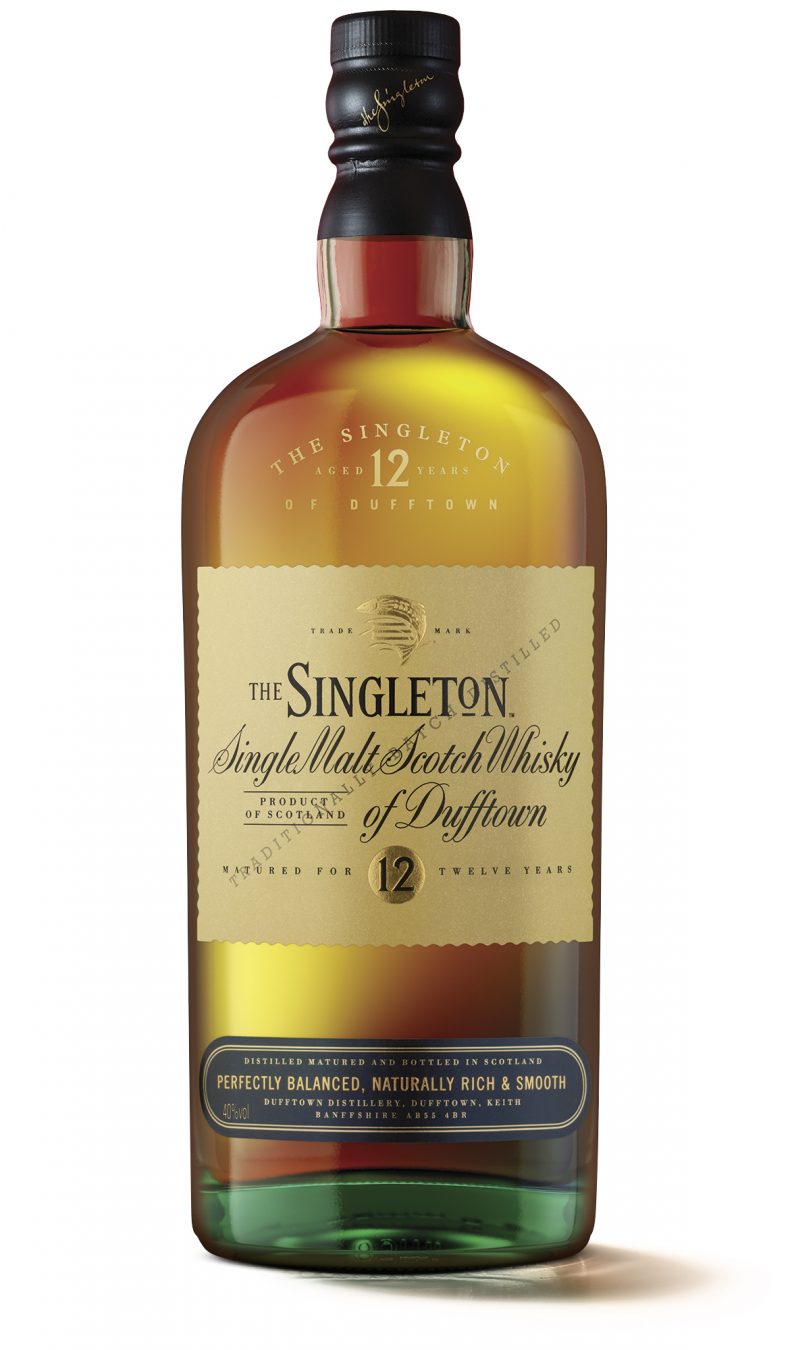Nearly two-thirds of all the distilleries in Scotland are located in a valley through which flows the River Spey, an area known as Speyside. If there is a shared character of the malts made in this region, it would likely be smooth, almost floral aromatics, graced with light spice notes and gentle peat. There are many famous Speyside brands, but let’s focus on two of them: The Singleton and Cardhu. They make a fascinating contrast with blended whisky, such as Johnnie Walker.
Cardhu 12-Year-Old is a bit of honey, spice, and rosehip, almost a definition of smoothness, with a nice, nearly fiery finish tinged with orange peel that lasts and lasts. Cardhu was founded by John Cumming in 1811, and was actually purchased by Johnnie Walker way back in 1893, a deal that included shares in the Walker company—something that assured the Cumming family’s future was secure. The Singleton 12, meanwhile, is a slightly spicier dram, well-balanced with a nice hint of fresh green apple. Some people love it for its adaptability as a cocktail base, but we like it as it is, with a small splash of water.
Then there is Johnnie Walker Black, a blend of whiskies aged a minimum of 12 years, that is really the standard-bearer for quality and price in the blended whisky category. Though blends have recipes that are more closely guarded than the Sistine Chapel or Fort Knox, it is considered ballpark knowledge that Johnnie Red has around 30 single malts in it; Johnnie Black has closer to 40. Available pretty much everywhere in the world (North Korea and Saudi Arabia are the exceptions), Johnnie Black is an elegant statement, ideal over one, two at most ice cubes, redolent of the fruity, lightly spicy notes that mark its provenance as in many ways a Speyside blend. True, there is some Laphroaig in the heart of it, which gives it a bit of smoke and peat, but the lovely orange peel notes and the overall balance of this whisky duly note its Spey influences.
Overall, the Johnnie Black is more rounded, and evenly balanced, while the two single malts have unique, distinctive characteristics, and some interesting angularities, that blends simply do not have. So, a Scotch drinker has unlimited options, really. What better way to end an evening than to pour a wee bit of a single, and a wee bit of a blend, and have your own private tasting, out on the back patio while the stars emerge.










